If you’re on the hunt for a new camera, you might be wondering if the Canon EOS R5 or R6 is right up your alley. Both of these cameras are great options, but they do have some key differences. Compare the Canon EOS R5 and R6 side-by-side in this blog post so you can make an informed decision about your next camera!
What Is Canon EOS R5?
The 45 MP CMOS sensor delivers excellent image quality and fast focusing speeds even in low light conditions. It’s capable of recording 8K video at 30 frames per second (fps), making it one of the most versatile cameras available for filmmakers. Plus, the camera has two storage card slots and Wi-Fi/Bluetooth capability for easy sharing. [1]
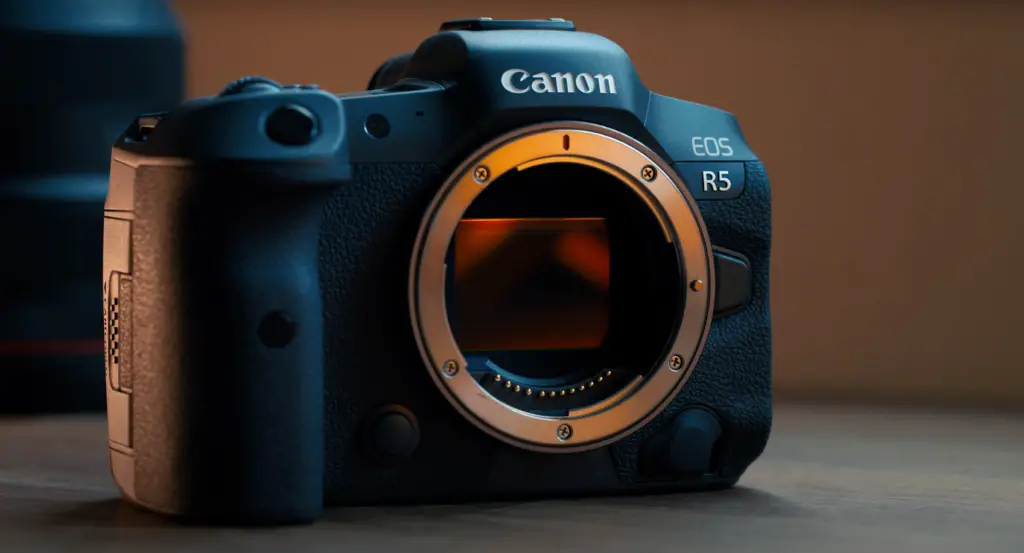
What Is Canon EOS R6?
It features a 20.1 megapixel full-frame sensor and 4K video recording capabilities up to 60fps, making it an excellent all-around camera for photo and video needs. The R6 is perfect for YouTubers and content creators who need to record high-quality video with autofocus, Wi-Fi and Bluetooth capability, dual UHS-II card slots, and a 3″ LCD vari-angle touchscreen. With its wide range of features, the R6 is a great choice for photographers who need quality results without breaking the bank. [2]
Canon EOS R5 vs. R6: Features
Sensor
The Canon EOS R5 has an 8K full-frame CMOS sensor with a resolution of 8192 x 5461, while the Canon EOS R6 has a 20.1MP full-frame CMOS sensor.
Autofocus
The autofocus system on both cameras is impressive though there are some differences. The R5 features dual pixel AF and uses 525 selectable points to ensure that you can capture sharp images even in fast-moving scenarios. The R6 also employs dual pixel AF, but with only 225 selectable points – still enough for the majority of purposes.
Video Quality
When it comes to video quality, the Canon EOS R5 offers superior performance with its 8K RAW video recording at 30fps, and 4K recording at up to 120fps.
Image Stabilization
Canon’s EOS R5 has a highly effective 5-axis in-body image stabilization system, so you don’t have to worry about blurring regardless of the focal length you’re using. Although the R6 only offers 3-axis image stabilization, it is still good for most shooting scenarios. It’s not as effective as the R5, though.
Image processor
The Canon EOS R5 features the DIGIC X image processor which is designed to provide fast burst shooting and high-quality images. The R6 uses a slightly less powerful DIGIC 8 processor that still gives you great performance but not as good as the R5.
AF points
The Canon EOS R5 has an impressive 525 selectable AF points while the R6 only has 225. This means that you have more control over your focus when using the R5 which can be beneficial in certain situations. [3]
Price
The Canon EOS R5 is significantly more expensive than the R6, with a body-only price of around $3,900 compared to the $2,500 for the R6.
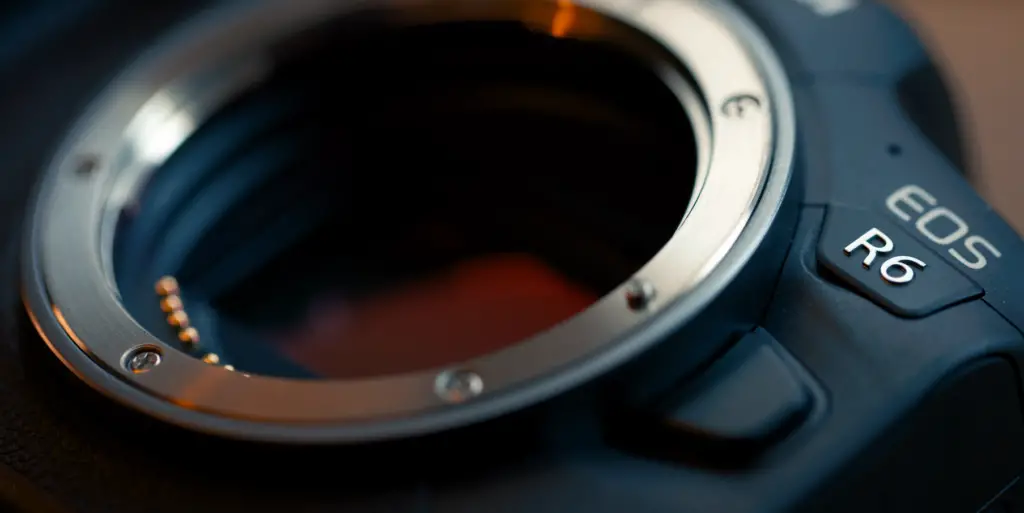
ISO range
The Canon EOS R5 has a native ISO range of 100-51,200 which is expandable up to 102,400. The Canon EOS R6 has a slightly lower ISO range of 100-102,400 but still provides excellent image quality even at high ISOs.
Metering zones
The Canon EOS R5 has a metering system with 220 zones while the R6 only has 120 which can affect the accuracy of exposure in some situations.
Video compression
The Canon EOS R5 offers 8-bit 4:2:0 video compression with a maximum bitrate of 780 Mbps. The R6 only offers 8-bit 4:2:0 video compression with a maximum bitrate of 480 Mbps.
Viewfinder
The R5 has an electronic viewfinder with a resolution of 5.76 million dots while the R6 only has a 3.69 million dot EVF which is still good enough for most shooting scenarios.
Memory card slots
The R5 has two UHS-II SD card slots while the R6 only has one. This can be beneficial if you need to capture a lot of footage or images as it allows for faster write speeds and more data storage.
LCD
The Canon EOS R5 has a 3.15-inch touchscreen LCD with 2.1 million dots while the R6 only has a 3-inch LCD with 1.62 million dots which is still good enough for most applications.
Max burst rate
The R5 can shoot at up to 12 fps with the mechanical shutter and 20fps with the electronic shutter. On the other hand, the R6 can only shoot up to 10 fps with either type of shutter.
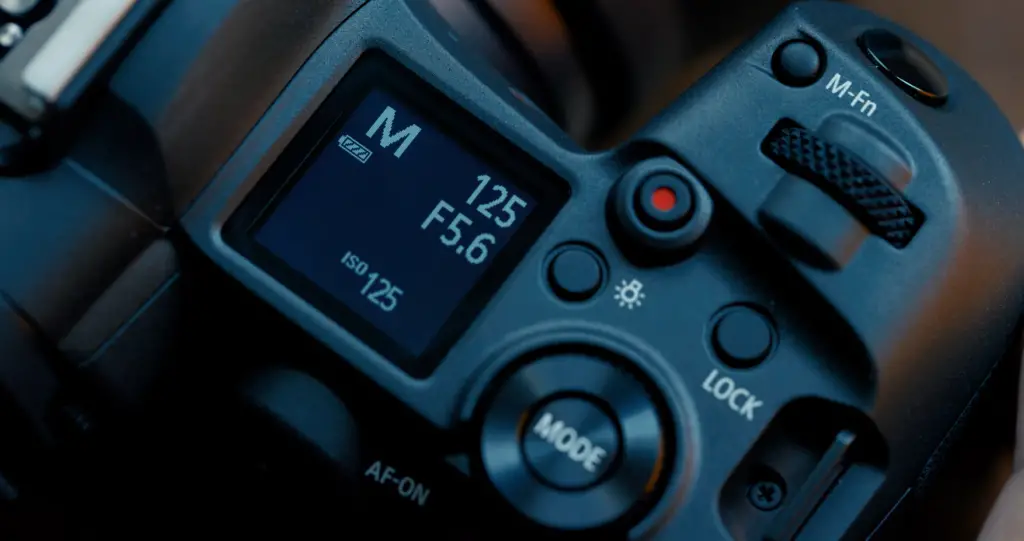
Connectivity
The Canon EOS R5 has both Wi-Fi and Bluetooth connectivity while the R6 only has Wi-Fi. This allows you to transfer images or videos directly to your computer, phone or tablet for easy sharing.
Size and Weight
The R5 is larger and heavier than the R6, weighing in at 1.6 pounds compared to the 1.4 pounds of the R6.
Canon EOS R5 vs. R6: Build And Handling
When it comes to their builds and handling, the Canon EOS R5 and R6 are quite similar. Both cameras feature a robust magnesium alloy chassis that is weather resistant, making them ideal for shooting in challenging conditions. It’s worth noting though that the R5 has a slightly more rugged construction than its smaller sibling. [4]
Canon EOS R5 vs. R6: Lab Results
The Canon EOS R5 and the R6 share identical sensors, the same image processor, similar autofocus systems, and virtually identical video capabilities. That being said, they do have some differences that can make a big difference in your photography.
The biggest difference between the two is their ISO range: The Canon EOS R5 has an expanded native ISO range of 100-51,200 while the Canon EOS R6 tops out at 102,400. This means that when shooting in low light conditions, you’ll be able to capture more detail with the R5 than with the R6.
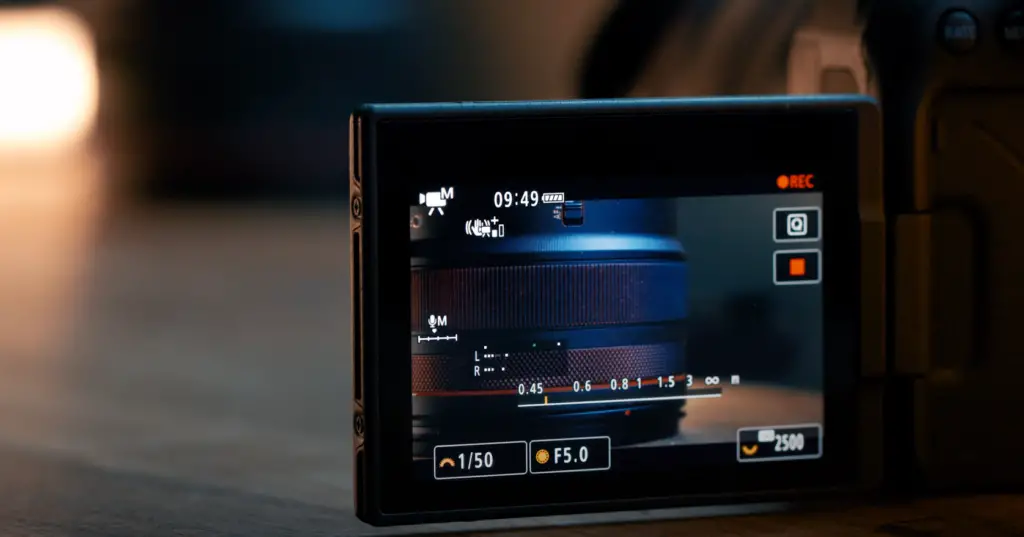
In terms of overall image quality, both cameras are excellent performers – but again it’s worth noting that if you really need to push the boundaries, then the expanded native ISO range of the R5 might be the more suitable choice.
Canon EOS R5 vs. R6: Price
When it comes to price, there is a major difference between these two models – and that’s mainly due to the fact that the R5 is a newer model than its smaller sibling. The R5 retails for around $3,899 US while the R6 retails for around $2,499 US.
Canon EOS R5 vs. R6: Portability
The main difference between the two cameras in terms of portability is size. The R5 is a slightly larger camera, with dimensions of 5.35 x 4.05 x 2.68 inches and a weight of 1.6 lb (726 g). The R6, on the other hand, is much smaller, with dimensions of 5.1 x 3.9 x 2.6 inches and a weight of 1.3 lb (595 g).
Canon EOS R5 vs. R6: Ergonomics & Comfort
When it comes to ergonomics and comfort, the two cameras are very similar.
The R5 is slightly more comfortable to handle than its smaller sibling due to its larger body size and additional grip padding. [5]
Canon EOS R5 vs. R6: Ease of Use
The Canon EOS R5 and the R6 are both user-friendly cameras, with similar menus, buttons, and controls that make them very easy to use. The R5 has a slightly more intuitive UI due to its larger body size and additional grip padding.
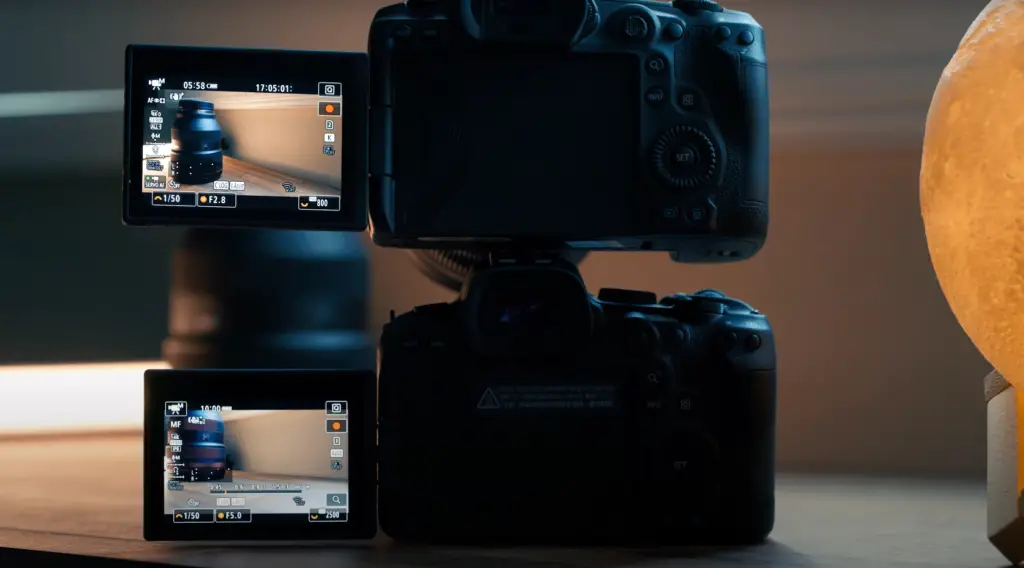
Canon EOS R5 vs. R6: Pros And Cons
The Canon EOS R5 is the higher-end model of the two, and its larger body size and additional grip padding make it more comfortable to use. It also has an expanded native ISO range that allows for more detail in low light environments. On the downside though, it’s more expensive than the R6 and not as portable.
The Canon EOS R6 is a much smaller camera and far cheaper than its sibling – making it perfect for those on a budget or who just want something lightweight to carry around with them. However, its native ISO range tops out at 102,400 which may be limiting when shooting in very low light conditions.
Alternatives to Canon EOS R5 and R6
If you’re looking for a great camera but the Canon EOS R5 or R6 don’t quite fit your needs, there are plenty of other options available. The Nikon Z7 II is an excellent full-frame mirrorless camera that offers high-resolution images and 4K video recording. Sony’s Alpha A7 III is also an outstanding choice, offering full-frame performance with 24MP resolution and 10 fps burst shooting. If you’re in the market for a more affordable option, the Fujifilm X-T4 is an excellent mid-range mirrorless camera with 26MP resolution and 15 fps burst shooting. [6]
Canon EOS R5 vs. R6: How to Maintain?
Both cameras offer excellent features, performance, and image quality. However, when it comes to maintenance and upkeep, there are some important differences that you should be aware of.
Both the R5 and the R6 require regular cleaning and maintenance in order to perform at their best. The main difference between them is that the EOS R5 is a weather sealed camera, meaning it can withstand more dust, dirt, water splashes and more than the EOS R6. For this reason, you need to take extra care when maintaining an R5 compared to an R6.
The first step for both cameras is to use compressed air or a lens pen to remove any dust particles from the camera body. Additionally, make sure you clean your lenses and viewfinder as well. The R5 should also be subjected to more thorough cleaning methods such as a microfiber cloth and sensor cleaning kit.

Both cameras also require regular battery maintenance in order to keep their performance up. It is important to regularly check the battery level of both cameras and replace them when necessary. You should also store the batteries at room temperature in a dry place away from direct sunlight or extreme temperatures.
Finally, make sure you keep your Canon EOS R5 and R6 updated with the latest firmware updates as they become available. This will ensure that your camera is running at its best and will ensure maximum performance.
FAQ
What is the difference between the R5 and the R6?
The main difference between the two cameras is their price point: the Canon EOS R5 has a larger full-frame CMOS sensor and offers more advanced features than the R6, but it also costs almost double at $3,899. The Canon EOS R6 has a smaller APS-C sized sensor and fewer features, but costs just under $2,500.
What are some of the differences in image quality?
The Canon EOS R5 offers higher resolution images with 45 megapixels compared to 20 megapixels on the Canon EOS R6. In addition, the R5 has an improved autofocus system and can record 8K video whereas the R6 can only record 4K video.
Is the Canon R5 worth it in 2022?
Whether or not the Canon EOS R5 is worth it in 2022 depends on your needs as a photographer. If you’re looking for a camera with advanced features and high-quality images, then the R5 may be the right choice for you. However, if you’re just starting out or are on a tighter budget, then the Canon EOS R6 might be more suitable for your needs. Ultimately, it comes down to what type of photography you plan to do and how much money you’re willing to spend.
Is the R5 a professional camera?
Yes, the Canon EOS R5 is considered a professional camera due to its 45-megapixel resolution and 8K video recording capabilities. Additionally, it has dual SD card slots for more storage options, as well as improved autofocus performance for better results when shooting fast-moving subjects.
What type of photography is best suited for the R6?
The Canon EOS R6 is best suited for general photography including landscape, street and portrait photography. Its 20-megapixel resolution and 4K video recording capabilities make it suitable for those who are new to photography or who have limited budgets. It also has a great battery life compared to other cameras in its class. In conclusion, the Canon EOS R5 and R6 are both great choices depending on your budget and photography needs. The R5 is best suited for professional photographers while the R6 is perfect for those just starting out or who want to save some money. Ultimately, it comes down to how much you’re willing to invest in a camera, so make sure that you do your research before making any decisions.
Is R5 good for wedding photography?
The Canon EOS R5 and R6 are both great mirrorless cameras that offer a range of features suitable for wedding photography. The main difference between the two is that the R5 has a higher resolution of 45 megapixels, while the R6 has 20 megapixels. Both cameras have dual card slots and can capture 8K video, making them ideal for capturing stunning wedding photos and videos. When it comes to image quality, the higher resolution of the R5 allows you to get more detail in your shots, especially when it comes to crop factors or zooming into an image. It also has better low-light performance than the R6, so you don’t have to worry about blurry images caused by lack of light.On the other hand, the R6 offers some features that make it better suited for wedding photography than its higher-end counterpart. For instance, it has a more extensive autofocus system with Eye AF and tracking capabilities that can help you capture your subject in focus no matter how quickly they move. It also has a faster burst shooting rate of 12fps (vs 9fps on the R5), so it allows you to take more shots during peak moments like the first kiss or cake cutting. In addition, its large battery allows you to take up to 1300 shots per charge, which is great if you’re planning on taking lots of candid photos throughout the event.
Is Canon R6 Netflix approved?
The Canon EOS R6 is not Netflix approved. The R6 does not have the necessary hardware or software to meet Netflix’s streaming requirements, making it unsuitable for professional video production and streaming. However, if you are looking for a budget-friendly option for shooting videos for other platforms such as YouTube or Vimeo, then the R6 can still be a great choice.
Is the R6 good for night photography?
Yes, the Canon EOS R6 can be a great choice for night photography. It has an excellent low-light performance thanks to its 20 megapixel sensor and wide ISO range of 100-102400. This makes it well suited for capturing stunning long exposure shots of starry night skies or cityscapes at night. It also has built-in image stabilization which helps reduce camera shake when shooting handheld in dark conditions. The R6’s fast burst rate of 12fps allows you to capture sharp images even when your subjects are moving quickly, while its dual card slots allow you to back up your photos with ease. Ultimately, the EOS R6 is a great choice if you want to get started in night photography without breaking the bank.
Is the Canon R5 noisy?
The Canon EOS R5 is generally considered to be a low-noise camera. In general, it produces less noise at higher ISO sensitivities than its predecessor, the EOS R. This makes it well suited for shooting in low-light conditions without sacrificing image quality. Additionally, its 45 megapixel sensor allows you to capture detailed images with minimal noise even when enlarged or cropped. Ultimately, the Canon EOS R5 is an excellent choice if you’re looking for a camera that can deliver clean and detailed images regardless of light conditions.
What are some alternatives to Canon EOS R5 and R6?
Choosing the right camera for your needs doesn’t have to be a difficult decision. There are plenty of alternatives to Canon EOS R5 and R6 cameras that offer their own set of features, performance and price points. For those who want something more advanced than the entry-level models, Sony offers its Alpha series mirrorless cameras like A7 III and A7R IV which are both powerful and feature-rich. If you prefer Nikon, then check out the Z6 II or Z7 II full-frame mirrorless cameras. On the other hand, Fujifilm provides X-T3/X-T4 APS-C sensors with adjustable screen displays, fast autofocus system as well as great image quality.
It all comes down to your personal needs and preferences. Do you need a more affordable camera or an advanced flagship model? How much are you willing to spend? Your answers to these questions will help narrow down your choices and ultimately determine which camera is right for you. With a little research and patience, you’ll be able to make an informed decision that aligns with your budget and photography goals.
Useful Video: Canon EOS R5 vs EOS R6 Which is REALLY BETTER?
Conclusion
When it comes to choosing between the Canon EOS R5 and the Canon EOS R6, there is no single right or wrong choice. Rather, you should consider your photography needs, budget, and skill level before making a decision. The Canon EOS R5 offers an impressive array of features for pro-level photographers ready to invest in a high-end mirrorless camera system. On the other hand, beginner and intermediate photographers who want to take their skills up a notch will likely find the Canon EOS R6 more accessible yet still capable enough to capture stunning images.
At the end of the day, both cameras are excellent options that offer image quality and features worthy of professional workflows. So do your research on both cameras, consider which features are important to you, and make an informed decision based on your individual needs. Only then can you be sure that you’re making the right choice for your photography needs.
Good luck! Happy shooting!
References
- https://www.dpreview.com/reviews/canon-eos-r5-review
- https://www.canon.nl/cameras/eos-r6/
- https://www.canon-europe.com/cameras/eos-r5/autofocus/
- https://photographylife.com/canon-eos-r5-vs-eos-r6
- https://photographypx.com/canon-eos-r5-vs-canon-eos-r6/
- https://www.dpreview.com/reviews/nikon-z7-ii-review





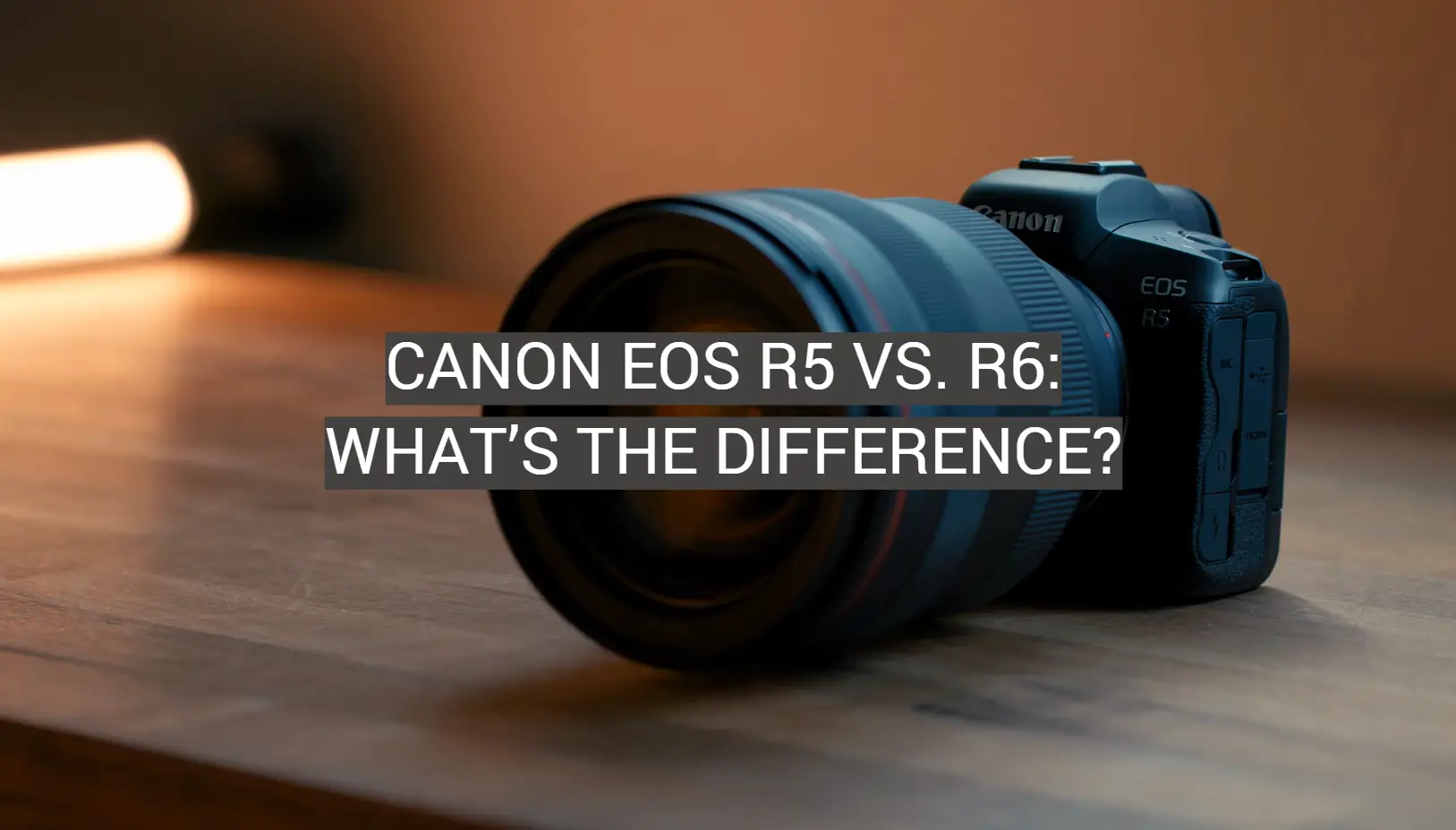
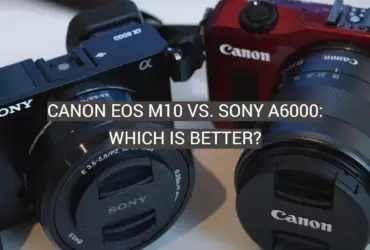

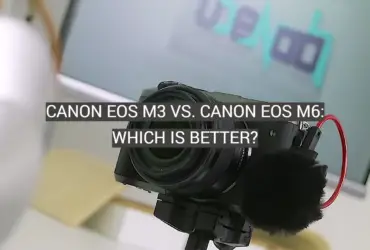
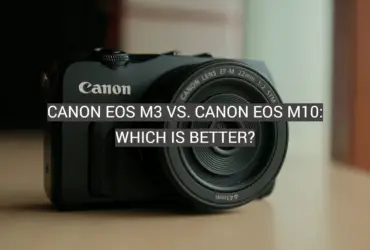

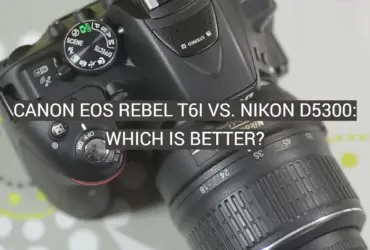
Leave a Reply